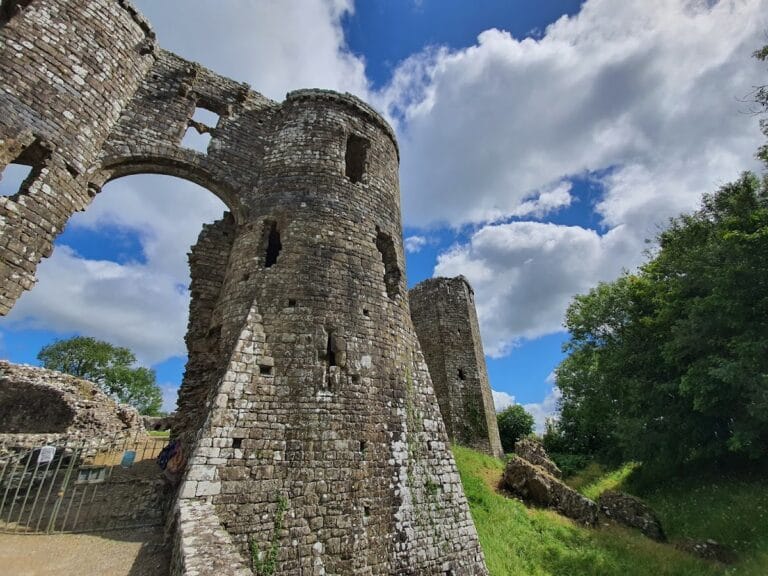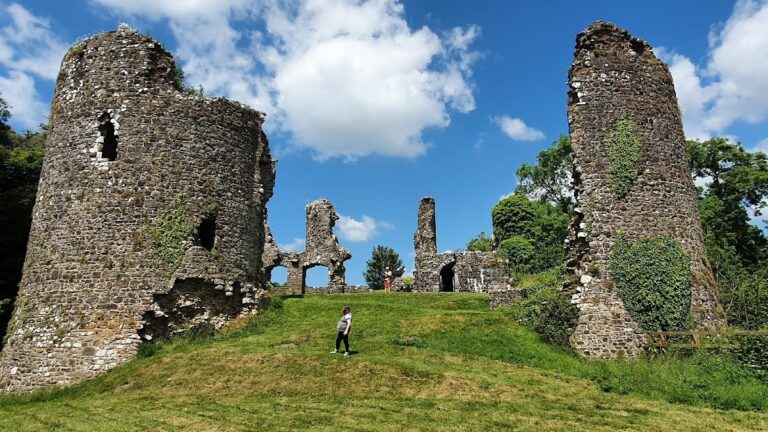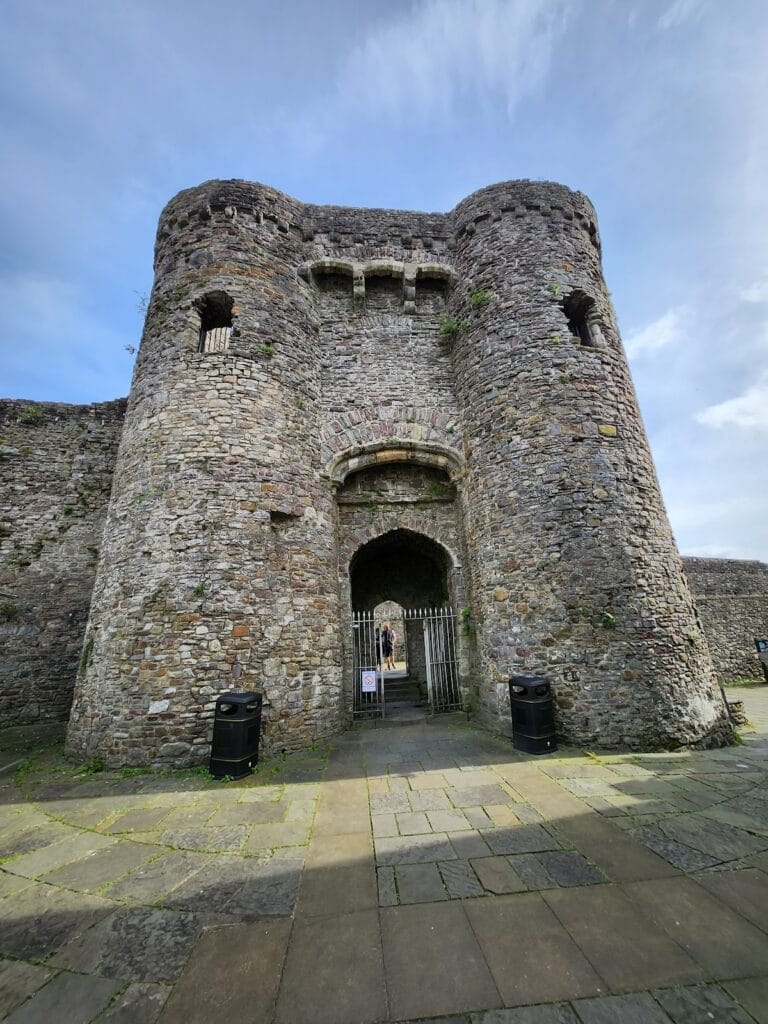Cardigan Castle: A Historic Norman and Welsh Stronghold in Wales
Visitor Information
Google Rating: 4.3
Popularity: Medium
Google Maps: View on Google Maps
Official Website: www.cardigancastle.com
Country: United Kingdom
Civilization: Unclassified
Remains: Military
History
Cardigan Castle, located in the town of Cardigan in Wales, was originally constructed by Norman forces shortly after the town’s foundation. The earliest fortification was a motte-and-bailey castle built around 1093, positioned about a mile from the present site. This initial structure appeared during the Norman advance into Wales under Roger de Montgomery, a powerful baron responsible for establishing Cardigan as a Norman foothold.
By 1110, the castle’s ownership changed when King Henry I confiscated it from the Welsh prince Owain ap Cadwgan and granted the site to Gilbert Fitz Richard, a Norman lord. Gilbert’s son, Gilbert de Clare, inherited the castle in 1136, a period that saw intense warfare between Welsh and Norman forces. During the Battle of Crug Mawr in 1136, Welsh troops defeated the Normans but were unable to capture the castle, which was defended by Robert fitz Martin.
In 1166, the castle was taken by Rhys ap Gruffydd, a prominent Welsh prince who initiated a significant rebuilding program. By 1171, he had replaced earlier timber defenses with stone walls, marking a shift toward a more durable stronghold. Rhys’ reign is noted for cultural developments; in 1176, he hosted the first recorded eisteddfod, a Welsh festival of poetry and music, within the castle grounds, highlighting its role beyond purely military functions.
After Rhys’ death in 1197, ownership of the castle became contested among Welsh rulers and Norman or English lords, leading to repeated shifts in control. Monarchs such as King John and military leaders like William Marshal were involved in these disputes. Llywelyn the Great seized Cardigan Castle in 1215, but control fluctuated in the following decades. In 1244, Earl Gilbert of Pembroke undertook a comprehensive rebuilding project that included fortification of the town walls, producing the stone structures whose ruins can still be seen today.
The castle’s military importance continued through the Middle Ages but suffered significant damage during the English Civil War in the 1640s. Following the conflict, its use changed considerably, serving primarily as a prison through the 18th century. In the early 19th century, John Bowen constructed a Georgian-style residence called Castle Green House within the castle walls, expanding it further in 1827. Over time, the castle’s defensive role faded, and it experienced decline during the 20th century despite occasional occupation.
In 2003, local authorities acquired the site and began extensive restoration work, preserving the surviving medieval walls and the Georgian mansion. The castle complex reopened in 2015 with new functions, combining heritage preservation with public use.
Remains
Cardigan Castle stands on the northern bank of the River Teifi, commanding views over the navigable waterway and situated near a bridge built in 1728. The core of the surviving medieval structure dates back to the mid-13th century reconstruction by Earl Gilbert of Pembroke. This phase left behind significant fragments of the southern curtain wall, a defensive wall that enclosed the castle, which is constructed of local stone laid with durable masonry techniques. Along the eastern side of the castle, two round towers once used for defensive surveillance and archery positions can be seen in a ruined state. These circular towers provided flanking fire along the curtain walls, reinforcing the castle’s defenses.
No visible elements remain from earlier wooden or stone castles of the 12th century, including those associated with the original Norman builders or Rhys ap Gruffydd’s stone fortress. The central keep and main internal buildings from these periods have not survived above ground.
Inside the castle walls is the Georgian-style Castle Green House, a two-storey manor constructed by John Bowen between 1805 and 1808. This mansion incorporates part of the medieval north round tower into its rear elevation, blending historical fabric with early 19th-century architecture. An extension added in 1827 expanded this residence further, preserving the castle as a domestic site during the period.
Surrounding the castle are formal pleasure gardens and a kitchen garden designed to complement the house, both recognized for their historic importance with a Grade II listing on the Cadw/ICOMOS Register of Parks and Gardens. These gardens provide a landscape context for the castle, reflecting aesthetic preferences of the Georgian and Victorian eras.
During the Second World War, a small observation pillbox was added on the castle’s ring wall, serving as a lookout post for coastal defence. This modern military feature represents the castle’s continuing strategic relevance through centuries.
The early 21st-century restoration reinforced the outer stone walls to stabilize the medieval ruins and refurbished Castle Green House. These efforts enabled the preservation of the site’s key architectural elements while allowing the castle to serve contemporary cultural and educational purposes.










